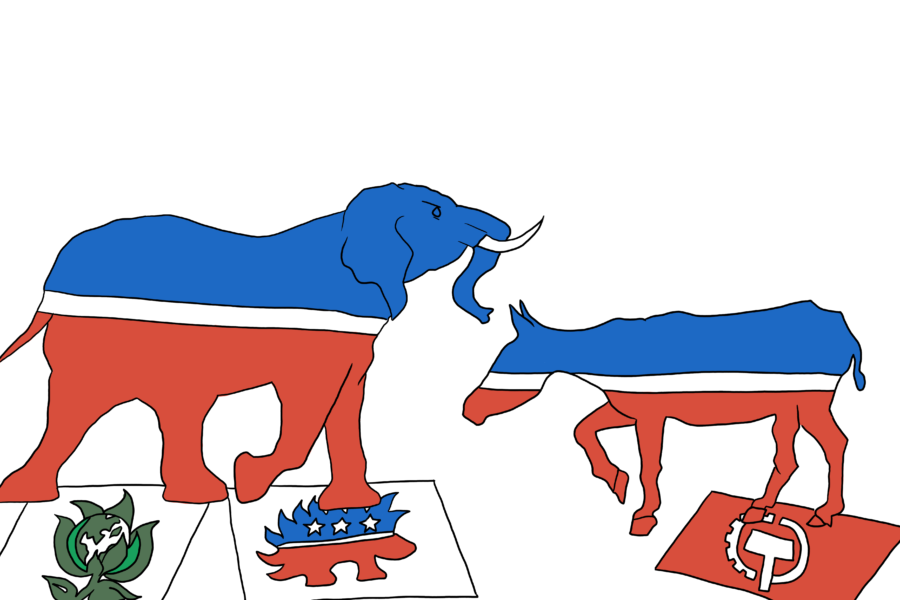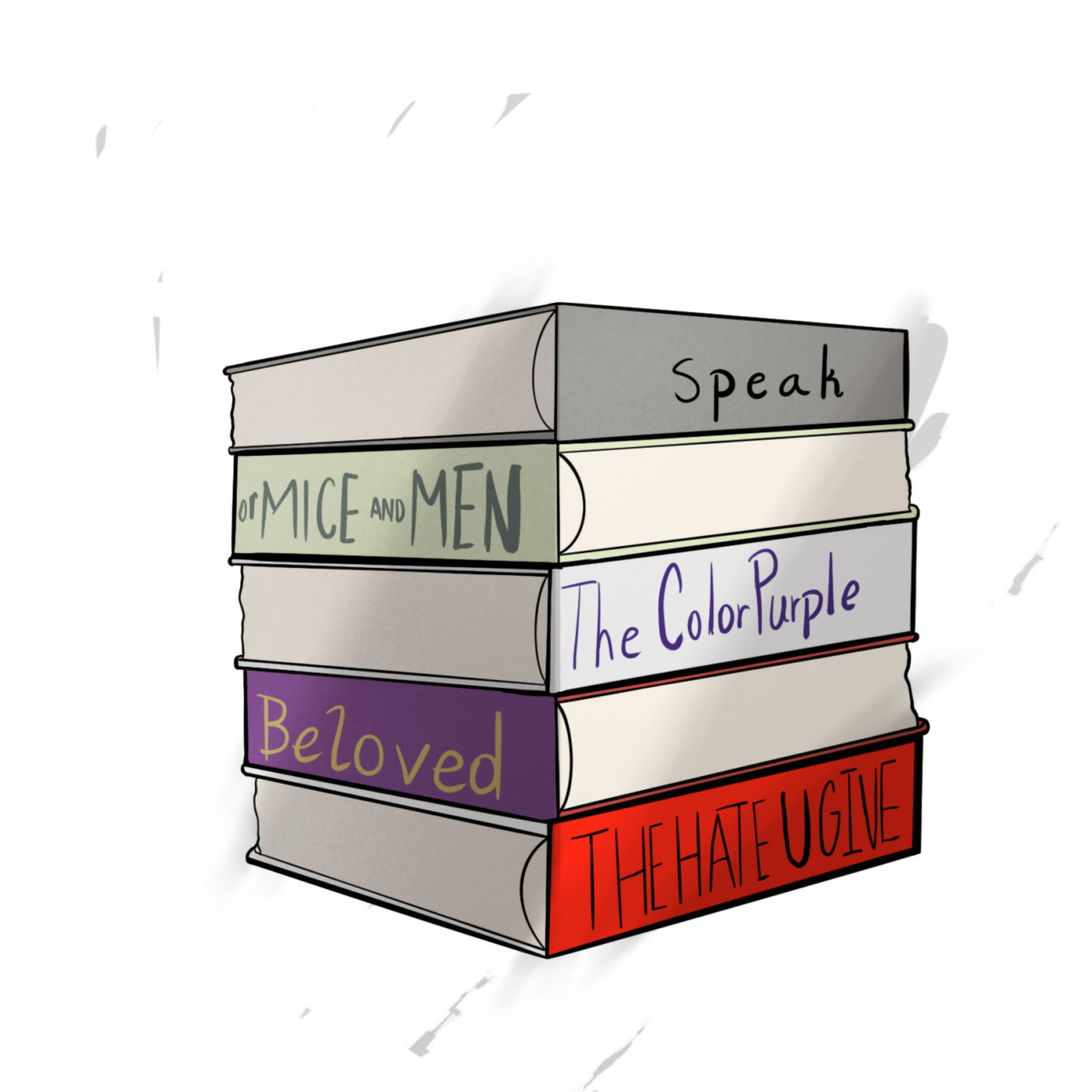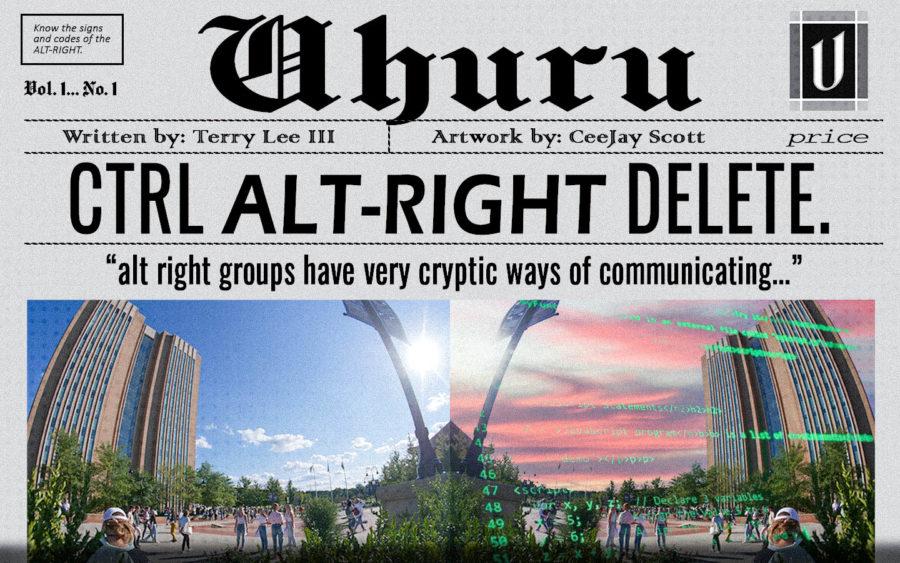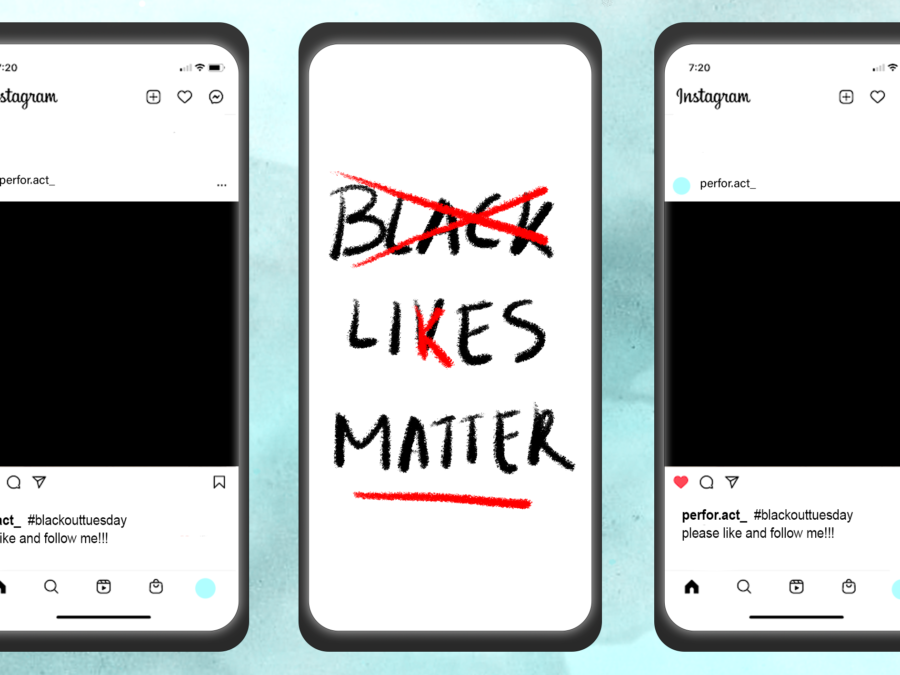The Cambridge dictionary defines dichotomy as a “difference between two completely opposite ideas or things.” We happen to be living in contemporary times where dichotomies have long ceased to simply apply to the abstract plain of ideas. This apparent state of division permeates daily life in American society in more ways than one. One interpretation is to view the two dichotomy-forming constituents as representing parts of a whole. Intersecting details appear as you become seemingly close to the bigger picture. An unvoiced pact prohibiting sides to see eye to eye, where neither agreeing to disagree, is analogously abided. Whilst being part of the same mechanism and inevitably bound to be forced together. The Democratic and Republican parties are a main instance of that idea. To all intent and purposes being opposites, but being binded within the same political system and goal to serve the American population.
Dichotomies often referred to the classic examples of happiness vs. sadness, sickness vs. health, marriage vs. single life and more. Relevant examples in current American society include the inherent division of political, social, and religious groups to even agree to the most basic rights and simple premises.
The partisan culture in American politics has much to do with this substantial disconnect. It was best said by David Rosenbloom, Ph.D., in his journal article on The Politics-Administration Dichotomy in the U.S. Historical Context, “The field of public administration seemingly cannot live without the dichotomy.” As Rosenbloom quotes Woodrow Wilson, “The principles on which to base a science of administration for America must be principles which have democratic policy very much at heart.” America, in theory, has a multi-party system. However, in reality, an oligarchy of two big players takes place. Seemingly, creating only two real options for major elections. According to the Washington Post, these two dominant parties have been either winning or coming in second place in presidential elections since 1852. As said in The Economist, “The constitution was not designed for the two-party politics it unwittingly encouraged.” The Atlantic quoted George Washignton and John Adams, and their take on this great divide. George Washington, the first American president, “The alternate domination of one faction over another, sharpened by the spirit of revenge, natural to party dissension, which in different ages and countries has perpetrated the most horrid enormities, is itself a frightful despotism.” John Adams, the second American president, “ A division of the republic into two great parties… is to be dreaded as the great political evil.” How did we go from that to a recent president sending out surveys with identifications such as either “American” or “Socialist?”
America showcases its loss of unity to the dichotomies of its citizens and government officials, with increasing polarization. This phenomenon leads to a radicalization so far into their apparent beliefs that they reject any form of compromise that may lean to the other party’s ideas which are frowned upon due to lack of understanding. Creating a cycle that every few years the other party will take over a post, and spend their mandates undoing all the legacy the previous office holder had created. Which is inefficient, and to an extent, halts American progress. This would be easily remediated if an office holder’s accomplishments weren’t so focused on their own parties.
To be lukewarm in one’s belief can be frowned upon. However, the middle ground is not all that bad. In these dystopian times and societies we live in, effective and perennial change, at times, may need moderation and careful assessment. This thin central line that marks two opposite ends, is where we may be more able to maneuver and create meaningful impacts. That is to say, a third approach.
As a young person myself, I found this hard to believe at first. Passion takes over me at times and I lose the little patience I have. Societal issues that have lasted for too long, people that have suffered too much, sometimes you just want to put an end to it then and there. As I see it, that is not sustainable in the long run. Transition periods may allow for preparation and education, ways to create a long-lasting influence. Possibly creating a way to not aggravate situations. In order to cease fluctuation between sides of the spectrum which creates fragility and uncertainty to the people. You should know where you want to go, understand what you’d like to achieve, blaze through that trail at a pace that allows people to know you were there. The sense is, to hasten through change, in a sprint like manner, means missing the details along the way that create durable impact and change. To live in between the dichotomies, in this lukewarm world metaphor, is to not rob individuals of the chance to benefit from your doings.







